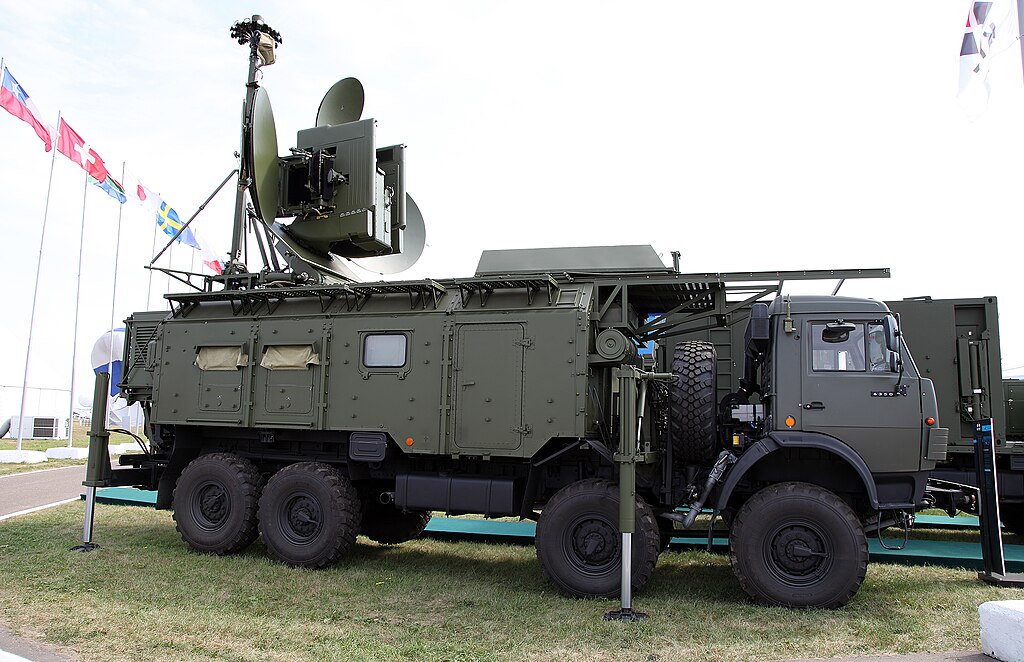
How does a nation’s most guarded military secret end up in the public domain? In October 2025, that question became urgent when the hacker collective Black Mirror released internal photographs and documents of Russia’s 1RL257 Krasukha-4 electronic warfare system. The leak was more than an embarrassment – it was a rare breach of Moscow’s tight veil over its most advanced ground-based jamming platform.
The revelations provided an unparalleled technical and operational glimpse into a weapon created to blind NATO reconnaissance, interfere with satellite communications, and shift the electronic battlespace in Russia’s favor. For defense analysts, it represented a goldmine; for Russian planners, a potential Achilles’ heel. Here are the most critical takeaways from this extraordinary intelligence windfall.
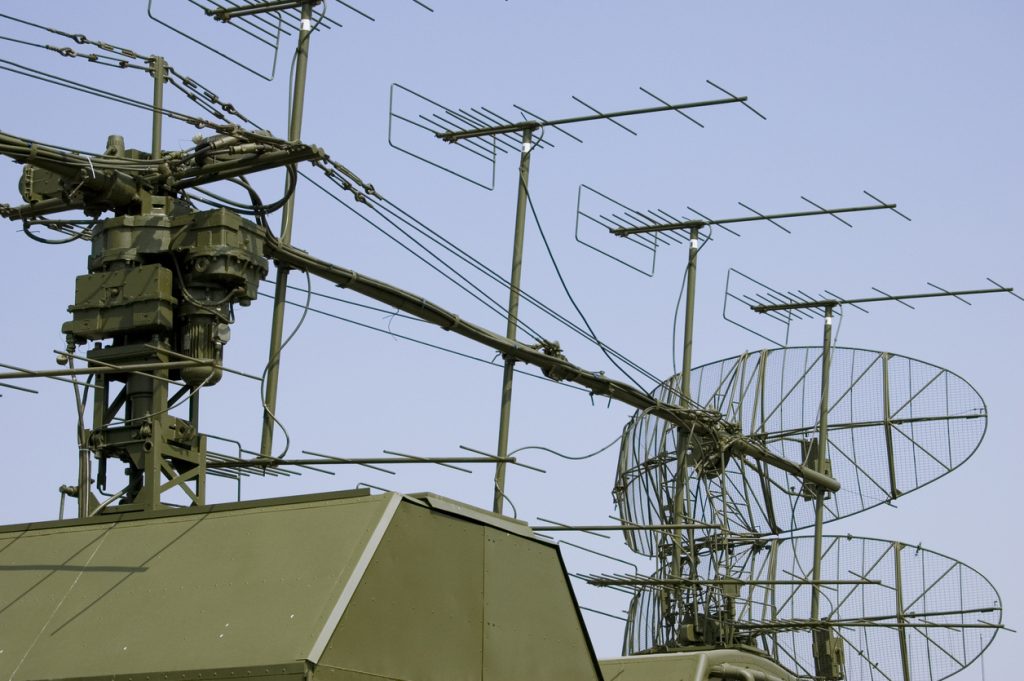
1. The Hack That Breached Russia’s EW Secrecy
In October 2025, Black Mirror published pictures and documents allegedly taken inside a Krasukha-4 production facility in 2023. The material, linked to Rostec, included assembly stages, internal layouts, and antenna module details. According to Defence Blog, the files seemed to be part of a formal production report for a foreign client possibly Serbia marking the first visual confirmation of the system’s internal architecture. Original Telegram posts were quickly removed, but mirrored copies made sure the data remained accessible for analysts worldwide.
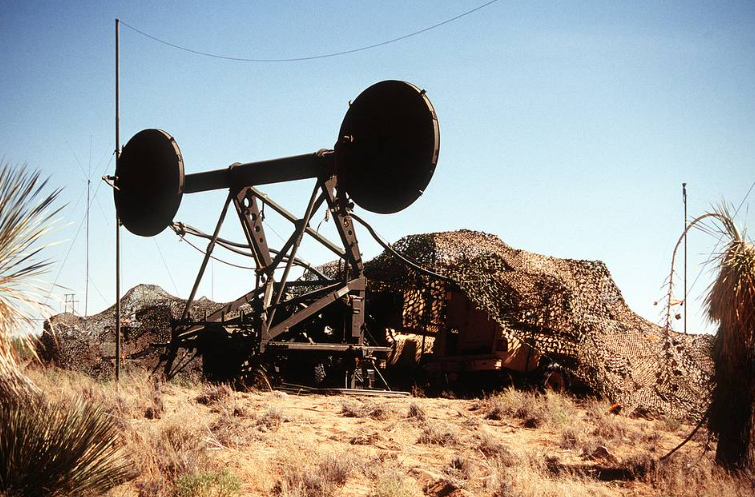
2. Inside Krasukha-4’s Core Systems
Leaked photos of the containerized jamming station revealed the exact positioning of main components and thus the configuration of its broadband emitter and command modules. This is an important leak because, according to Militarnyi, “the internal equipment of the system is clearly visible,” allowing adversaries to model its signal pathways and vulnerabilities. Internal schematics are usually classified at the highest level because they form a basis for developing countermeasures.
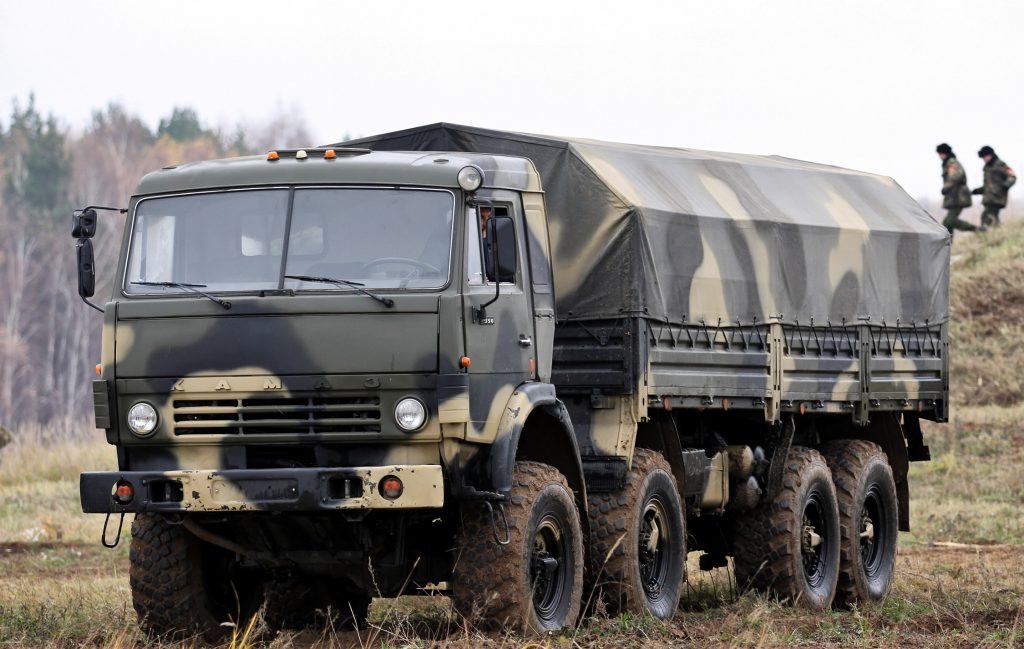
3. A Mobile Shield Against NATO Eyes
Mounted on the KamAZ-6350 8×8 chassis, the Krasukha-4 has been developed to detect and jam large radar installations, including airborne early warning platforms and low-orbit satellites. According to Army Technology, it is a “state-of-the-art” system capable of degrading reconnaissance aircraft radars and satellite-based sensors. Its effective range is between 150 to 300 km depending on conditions, which is enough to blind all surveillance assets well before they can cue precision strikes.

4. Proven in Syria and Ukraine
Operational history indicates the Krasukha-4 is more than a parade piece. The head of U.S. Special Operations Command, General Raymond Thomas, described Syria as “the most aggressive E.W. environment on the planet,” and systems such as Krasukha-4 have reportedly jammed EC-130 aircraft and GPS for U.S. drones. In Ukraine, Russian EW brigades have used it to neutralize reconnaissance UAVs and disrupt satellite-guided munitions, integrating it into battalion tactical groups for direct battlefield support.

5. The Leak’s Intelligence Value
Defence Blog estimated that such a breach might allow Western intelligence to “more precisely gauge the design, modularity and deployment logic” of the Krasukha-4. Indeed, in-depth production imagery allows signal intelligence specialists to deduce emitter characteristics, cooling requirements, and possible frequency coverage. For adversaries, such data accelerates the design of spoofing, deception, or suppression techniques tailored to this platform.
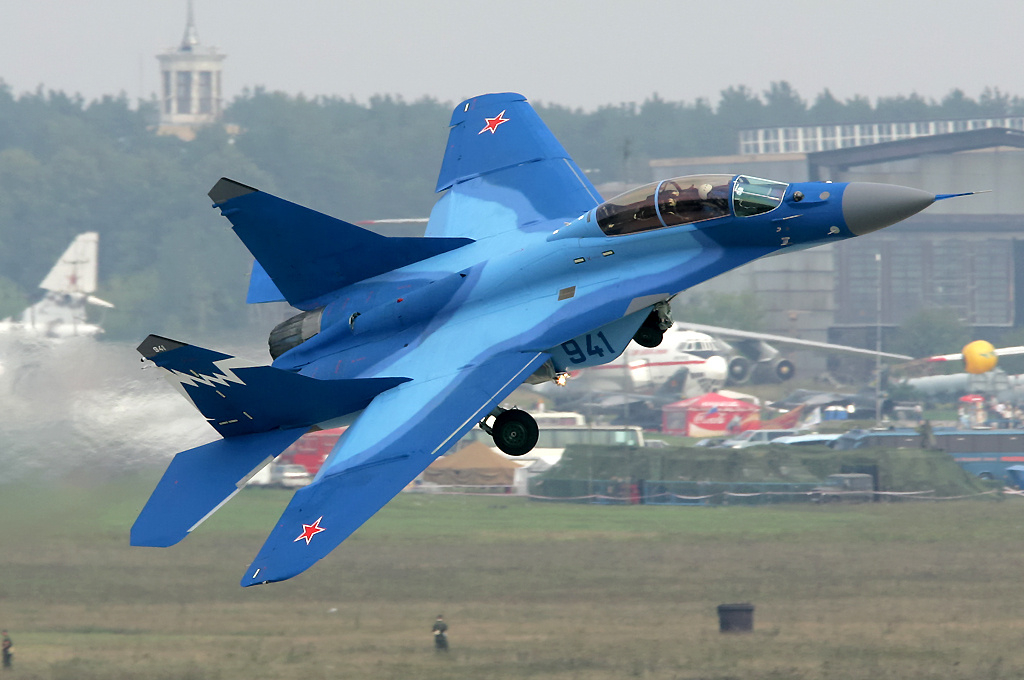
6. Part of larger Rostec exposure
The Krasukha-4 files were reportedly part of a larger cache of intercepted Rostec documents. Other leaks have implicated Russian defense exports in falsifying performance data, including the Zhuk-ME radar scandal affecting India’s MiG-29K fleet. Taken together, these breaches suggest serious vulnerabilities in Russia’s defense-industrial security and raise questions about the integrity of its export-grade systems.

7. Technical Edge and Possible Weaknesses
The Krasukha-4 expands on the earlier Krasukha-2, moving from S-band jamming to the X-, Ku-, and Ka-band frequencies used by modern ISR and weapon guidance radars. Its broadband capability makes it adept at countering stealthy, low-altitude aircraft. But the very complexity that gives it versatility also creates potential failure points-knowledge of which is now partially in the public domain due to the leak.
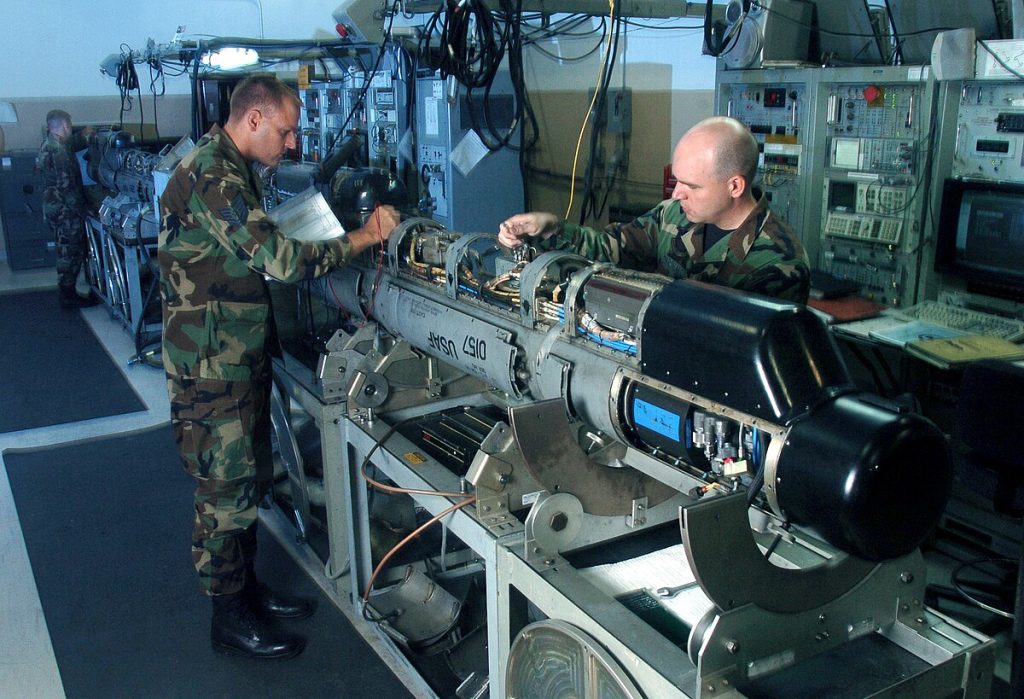
8. Implications for NATO Counter-EW Planning
With internal layouts and component identification now exposed, NATO forces can refine electronic support measures to detect Krasukha-4 emissions earlier and develop targeted counter-jamming. This could include exploiting thermal or electromagnetic signatures unique to its hardware arrangement or deploying decoys tuned to trigger its emitters to disclose its location.

9. The Evolving Electronic Battlespace
The breach underlines how cyber operations pierce even the most guarded military programs, reorienting the electronic warfare landscape. In this regard, as noted by Col. John Shemer of the U.S. Army during AUSA 2025, safeguarding EW assets requires fusing all-source intelligence, including HUMINT and GEOINT. The Krasukha-4 leak is a case study in how the fusion of cyber intrusion and open-source analysis can erode a strategic advantage without firing a shot. The Black Mirror breach has turned the Krasukha-4 from a largely opaque threat into a partially mapped system. For Russia, the exposure risks reducing the deterrent value of one of its most important electronic warfare assets. For its adversaries, it offers a rare opportunity to study and counter a platform designed to dominate the electromagnetic spectrum. In the modern battlespace, where information is as decisive as firepower, such leaks can shift the balance long before the first radar pulse is jammed.


